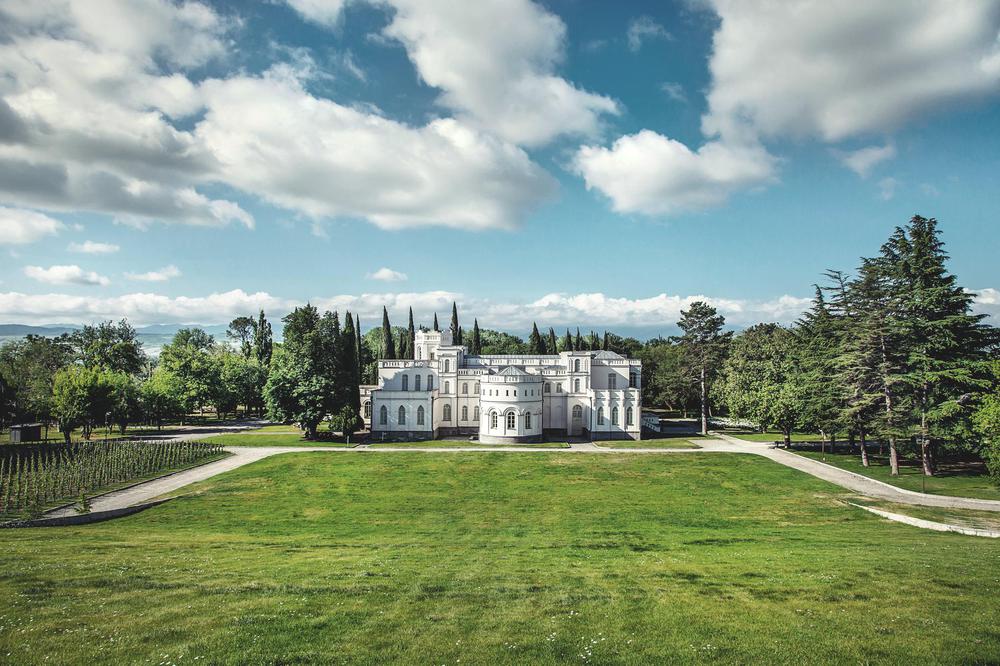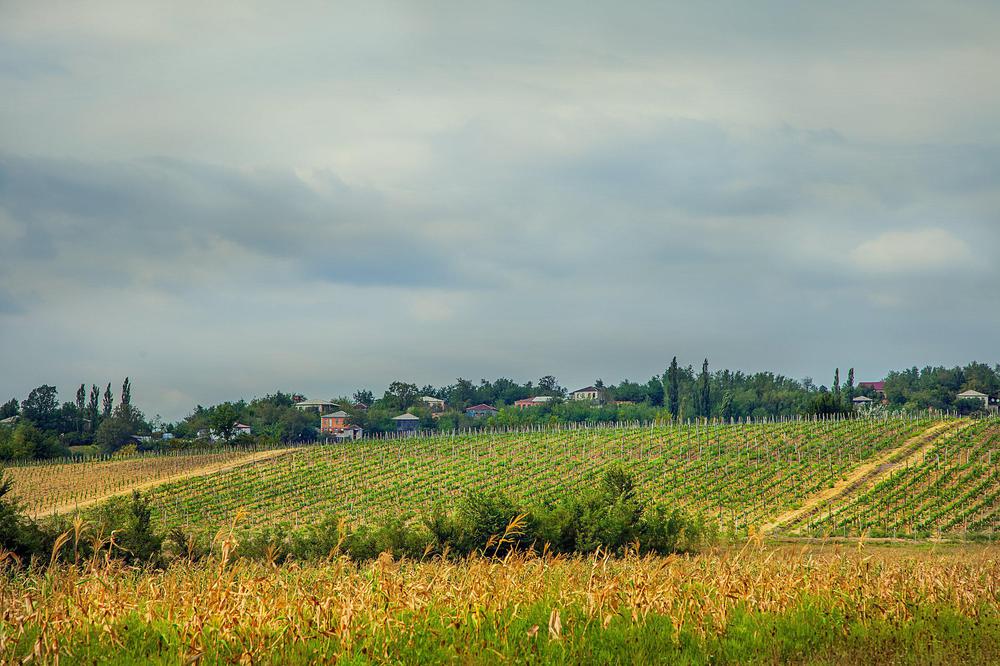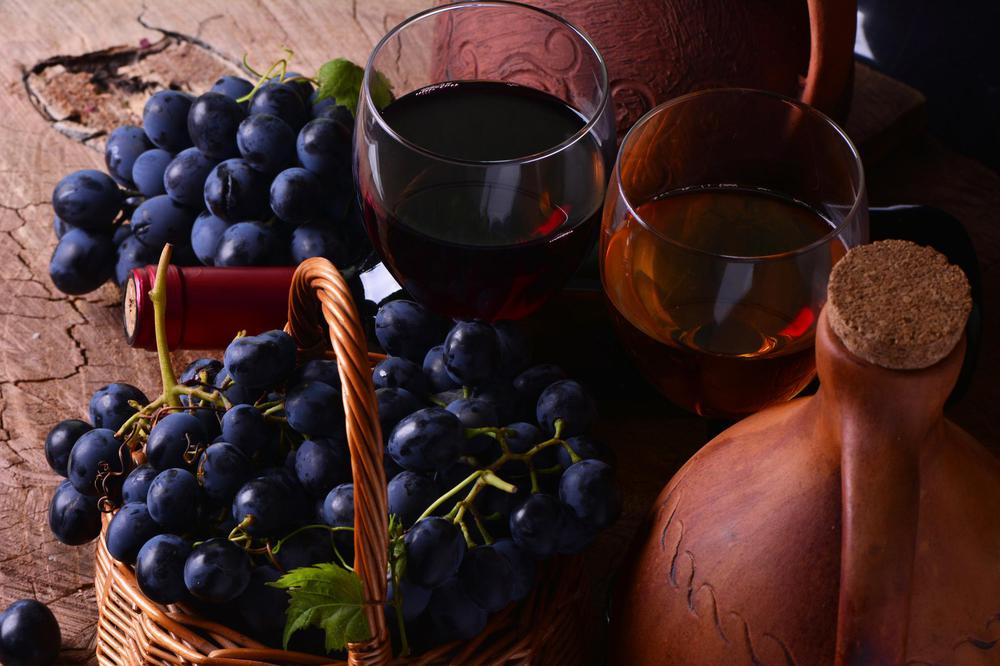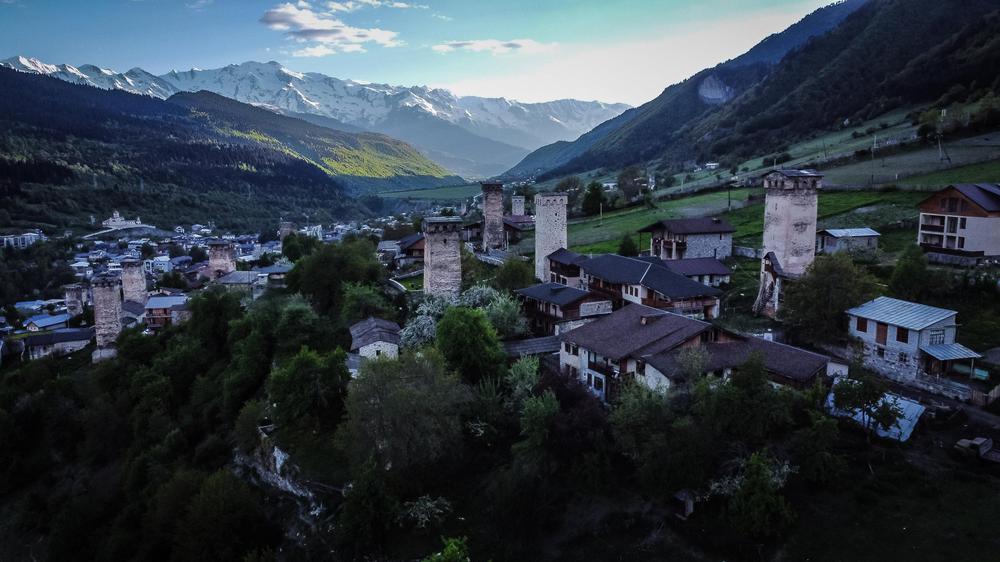The Samegrelo wine region, nestled in northwestern Georgia, stands as a significant and archaic viticultural area. This article delves into the unique aspects of Samegrelo, highlighting its geographical location, climate, soil types, and the distinctive winemaking practices that define this region. Renowned for its Ojaleshi grape variety and ancient winemaking methods, Samegrelo offers a fascinating insight into Georgia's rich wine culture.
Samegrelo, a historic province in Georgia, is situated in the country's northwestern part, bordering regions like Svaneti, Abkhazia, Guria, and Imereti, with the Black Sea to its west. The region encompasses several areas, including Martvili, Senaki, Abasha, Chkhorotksu, Tsalenjikha, Khobi, and Zugdidi. The vineyards of Samegrelo are predominantly found in the foothills, along the valleys of the Tekhura, Abasha, Enguri, Khobistskhali, and Tskhenistskhali rivers, benefiting from the humid, subtropical climate. This climate, coupled with the unique geographic location, contributes significantly to the distinct viticulture of the region.
Viticulture And Winemaking
The Essence Of Samegrelo's Wine
In Samegrelo, the tradition of viticulture and winemaking is deeply entrenched. Historically, vines were grown using the Maghlari method, where they climbed up trees, a practice common until the 20th century. The quality of grapes varies significantly within the region; those from the lowlands are generally inferior, while grapes from the foothills, particularly in the gorge areas of the Abasha and Tekhura rivers, are esteemed for producing the best wines. Despite high humidity, these vineyards, especially on the southern and southeastern slopes, yield splendid wines.
Ojaleshi: Samegrelo's Wine Pride
Ojaleshi grapes, Samegrelo's most famous variety, are typically harvested late, from November to as late as January. The winemaking methods in Samegrelo are diverse, sometimes involving fermentation with the grape marc and stalks, reflecting the region's antique origins. The Megrelian and Gurian techniques of burying churi and using unique tools differ markedly from those in other Georgian regions. The finest Ojaleshi grapes are found in the Salkhino and Tamakoni zones, with significant vineyards also in Bandza village. The region's ampelographic literature notes the historical significance of vineyards in Dzveli Senaki and Potskho-Ushapati, known for the Chvitiluri grape variety and high-quality white wines.
Historical And Cultural Context
Samegrelo's winemaking history is rich and deeply rooted, often referred to as the hearth of Georgia's most archaic wine culture. Ancient sources mention the region of Colchis, and many European travelers have chronicled the local wine culture in their writings. The region's ethnographic and historical literature further enriches our understanding of its viticulture and winemaking traditions.
The Guria-Samegrelo Connection
Location And Climate: A Comparative Perspective
While exploring the Samegrelo wine region, it's noteworthy to consider its relation with the neighboring Guria region. Both regions share a similar topography, sloping down to the Black Sea coast, with the Lesser Caucasus Mountains forming a natural barrier. Samegrelo's location, coupled with its humid subtropical climate, creates an ideal environment for vine cultivation. The climate is characterized by lower rainfall and dry eastern winds in the foothills, reducing humidity and favoring grape growing. This contrasts with Guria's uniformly humid climate across its seashore and mountainous east, where the lowlands experience mild winters and hot summers, marked by high winds. Such climatic variations play a crucial role in the viticultural diversity between these regions.
Soil Types: The Foundation Of Viticulture
The soil in Samegrelo's viticulture areas is diverse, with a mix of chalky limestone, marl, alluvial components, and carbonaceous elements. The upper reaches of the Tekhura and Abasha river valleys are particularly noted for their chalky limestone soil, while the mountain foothills boast carbonaceous soil atop a marl bed, interspersed with gravel, limestone, and marl. This variety in soil types contributes significantly to the unique characteristics of Samegrelo's wines.
The Heritage Of Winemaking In Samegrelo
The Guria-Samegrelo region is often cited as the most archaic seat of winemaking in Georgia. Historical references to Kolkheti and the accounts of European travelers like Achille Murat and Jacob Mar in the 19th century highlight the region's long-standing winemaking tradition. Murat's efforts in organizing a European-style winemaking enterprise in Samegrelo and Mar's cultivation of high vineyard wines in Guria underscore the regions' viticultural significance. The Maghlari cultivation method, where grapes grew up trees, was predominant until the 19th century, illustrating the unique cultural approach to vine cultivation in these regions. The late harvests, extending from November to January, further underline the distinctive viticultural practices of Samegrelo and Guria.
Traveler's Guide To Samegrelo Wine Region
Experiencing Samegrelo's Viticulture
For travelers and wine enthusiasts keen to explore Georgia's wine heritage, the Samegrelo region offers a unique journey. As a travel destination, it provides an immersive experience in one of Georgia's most archaic and culturally rich wine regions. Tours through Samegrelo's vineyards not only offer a taste of its famed Ojaleshi wine but also a glimpse into the traditional winemaking practices that have been preserved over centuries. The region's picturesque landscape, marked by its rivers and foothills, adds to the allure of a wine tour here.
Samegrelo's Gastronomic And Cultural Offerings
Beyond the vineyards, Samegrelo is a treasure trove of cultural experiences. The region's cuisine, often paired with local wines, offers a distinct culinary journey. Traditional Megrelian dishes, known for their unique flavors and spices, perfectly complement the local wines, making Samegrelo an ideal destination for gastronomy tourism. Additionally, the region's rich history and cultural heritage, reflected in its architecture, museums, and local customs, provide an enriching experience for tourists.
Conclusion
The Samegrelo wine region, with its historical significance, unique climatic conditions, diverse soil types, and traditional winemaking methods, stands as a testament to Georgia's rich wine culture. It offers a unique experience for travelers seeking to explore the ancient traditions of winemaking. As a destination that combines scenic beauty, cultural richness, and gastronomic excellence, Samegrelo is an unmissable stop for anyone touring Georgia's wine regions.

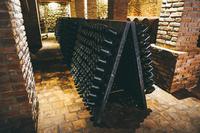 Exploring the Cradle of Wine
Exploring the Cradle of Wine
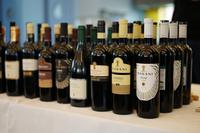 Georgia's 29 Wine Appellations
Georgia's 29 Wine Appellations
 Kakheti Wine Region
Kakheti Wine Region
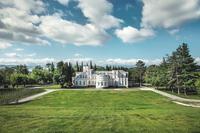 Kartli Wine Region
Kartli Wine Region
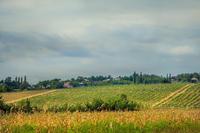 Imereti Wine Region
Imereti Wine Region
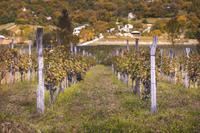 Racha Wine Region
Racha Wine Region
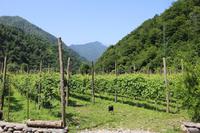 Adjara Wine Region
Adjara Wine Region
